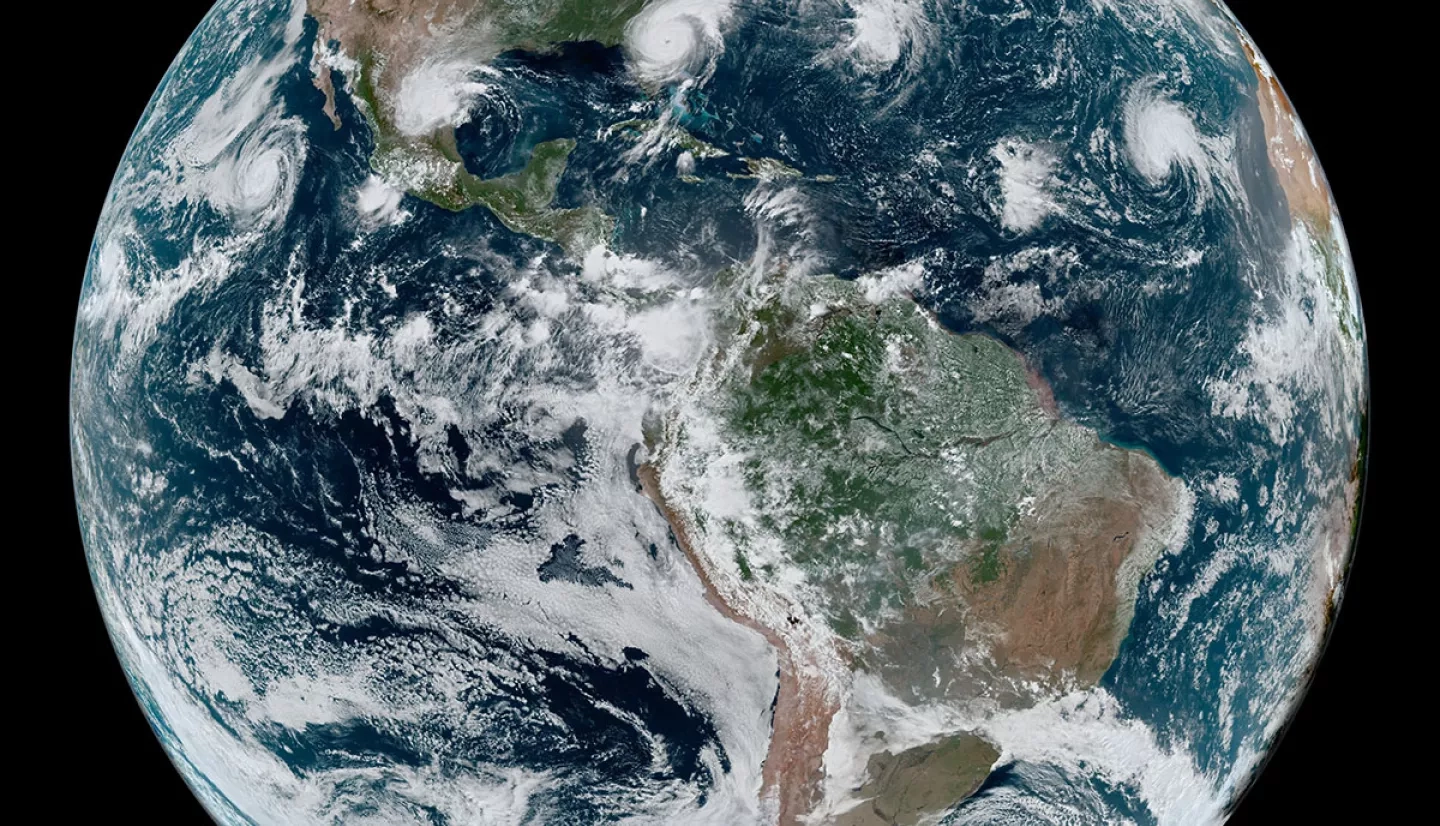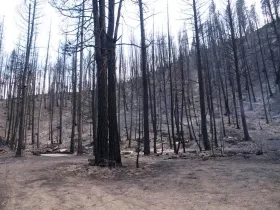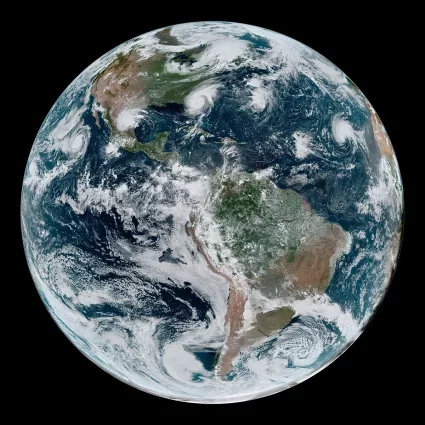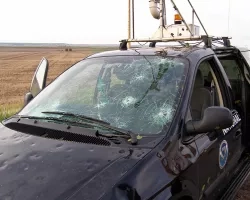Earth observation data play an integral role in society today, but there is still enormous potential to improve how these data are used to bring about change. Recognizing the importance of assessing the societal benefits and economic impacts of Earth observations, NASA and the National Oceanic and Atmospheric Administration (NOAA) are cosponsoring a Call for Proposals for Socioeconomic Assessments (SEA). This call seeks to expand research, methodologies, tools and capacity for assessments of the socioeconomic value from Earth science information for applications, including decisional and policy support and operational contexts. The United States Geological Survey (USGS) serves as a collaborator to this activity and will host the outputs, materials, and results of the awarded groups in their international Societal Benefits Repository.
National and international organizations are placing a greater emphasis on the societal and economic benefits derived from the applications of Earth science information, and there is increasing availability of remotely-sensed data from space and private sector sources to be analyzed. The SEA opportunity includes two areas of focus: Socioeconomic Assessments and Community and Capacity Development, both of which should be addressed in submitted proposals. Socioeconomic Assessments will measure the value of incorporating Earth observations in decision making, while Community and Capacity Development is intended to advance the community of people engaged with socioeconomic assessments of Earth observations by building familiarity with socioeconomic concepts and methods. The latter will also foster connections between Earth system science fields and economic, social and other decision-science communities. These two elements can support better public understanding of the value and benefits of Earth science to society and build a strong presence of the work nationally and internationally.
Determining the specific societal and economic value to decision makers and society can be challenging, but is critical for directing future investments and expanding their use in environmental, policy and other decisions. Recent activities for addressing these issues include the 2016-2021 NASA-funded VALUABLES Consortium, which focused on impact assessments through Value of Information studies on Earth observations. NOAA has sponsored work on weather value chains, and USGS has supported studies on the value of data from the joint NASA-USGS Landsat satellite missions. All three agencies participate in the international GEOValue community.
Notices of Intent to propose are requested by January 25, 2022, and proposals are due March 22, 2022. The below video is a recording of the pre-proposal teleconference held on February 10, 2022 with highlighting the key areas of the solicitation that proposers should consider and covering a variety of questions asked by potential proposers.
Questions may be sent to shanna.n.mcclain@nasa.gov. Full details and instructions to apply for this solicitation can be found on the SEA proposal information page, and further information about the Applied Sciences Program's work with Socioeconomic Assessments can be found on the Socioeconomic Assessments landing page.






